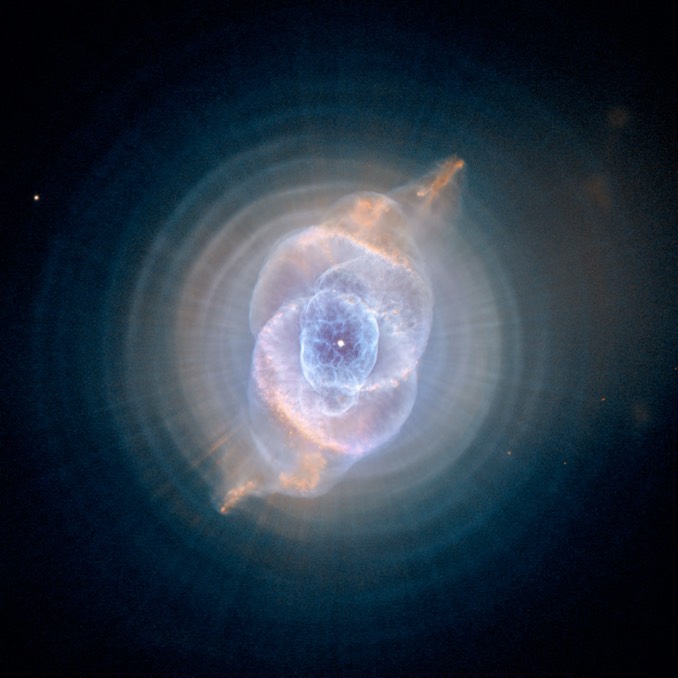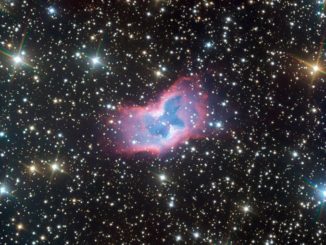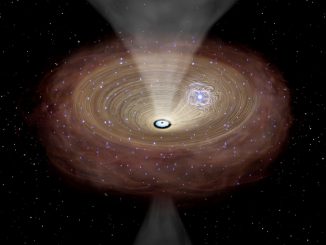
Carl Sagan once famously said “we are all stardust,” pointing out that all the heavier elements making up everything we see, including humans, were cooked up during the death throes of stars that seeded the galaxy with the raw materials for building new stars, solar systems and, at least on Earth, life.
Some of that star stuff is blown into space when relatively low-mass stars like the Sun blow off their outer layers near the end of their lives, creating compact white dwarfs and spectacular planetary nebulae. Heavier elements are born in supernova blasts.
But the origins of star dust are more complicated than that. Meteorites, for example, contain traces of heavy isotopes of carbon, nitrogen and oxygen that feature an extra neutron in their nucleus. Temperatures in excess of 200 million degrees are required to forge such isotopes, energy levels thought to require supernova explosions.
But supernovae do not go off at rates high enough to explain the abundance of the heavy isotopes found in meteorites. Researchers at the University of Arizona may have found an explanation in an enigmatic planetary nebula known as K4-47 some 15,000 light years away.
Studying the nebula, the researchers were surprised to find traces of the same heavy isotopes seen in meteorites.
“The models invoking only novae and supernovae could never account for the amounts … we observe in meteorite samples,” said Lucy Ziurys, senior author of a paper published in the journal Nature. “The fact that we’re finding these isotopes in K4-47 tells us that we don’t need strange exotic stars to explain their origin. It turns out your average garden variety stars are capable of producing them as well.”
The researchers suggest the heavier elements could be generated by stars like the Sun near the end of their lives when super-hot helium can erupt from the core, punching through the overlaying hydrogen. The result is known as a helium flash.
“This process, during which the material has to be spewed out and cooled quickly, produces (the observed isotopes),” said Ziurys. “A helium flash doesn’t rip the star apart like a supernova does. It’s more like a stellar eruption.”
The researchers are awaiting additional evidence from NASA’s OSIRIS-REx spacecraft, which will collect and return samples from an asteroid known as Bennu in 2020. OSIRIS-REx was expected to slip into orbit around Bennu on New Year’s Eve and return the samples to Earth in 2023.
“You can think of the grains we find in meteorites as stellar ashes, left behind by stars that had long died when our solar system formed,” said co-author Tom Zega, associate professor of cosmochemistry, planetary materials and astrobiology in the UA’s Lunar and Planetary Laboratory. “We expect to find those pre-solar grains on Bennu — they are part of the puzzle of the history of this asteroid, and this research will help define where the material on Bennu came from.”
Said Neville “Nick” Woolf, professor emeritus at Steward Observatory and another co-author: “The study of explosive helium burning inside stars will start a new chapter in the story of the origin of the chemical elements.”



